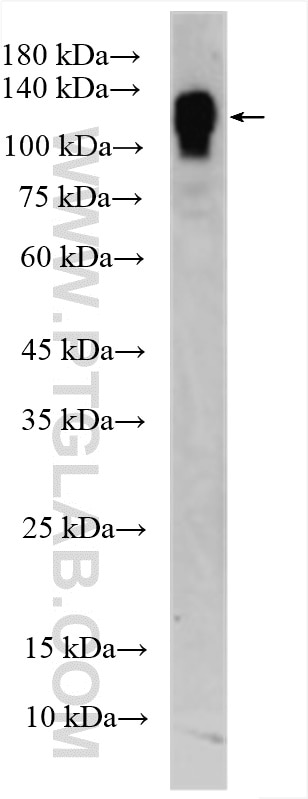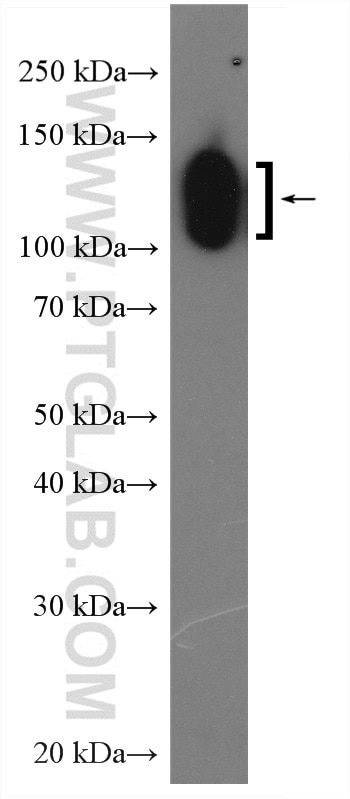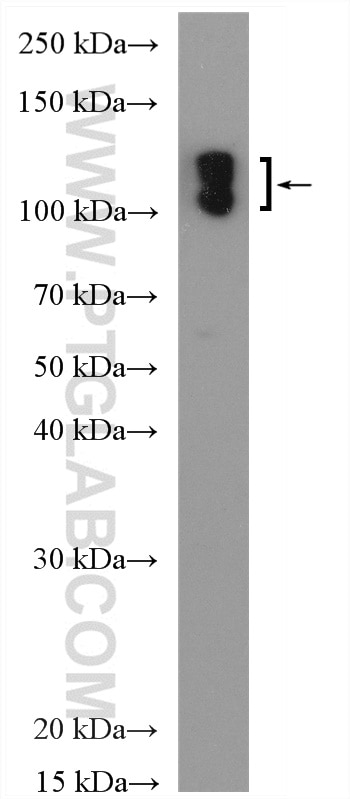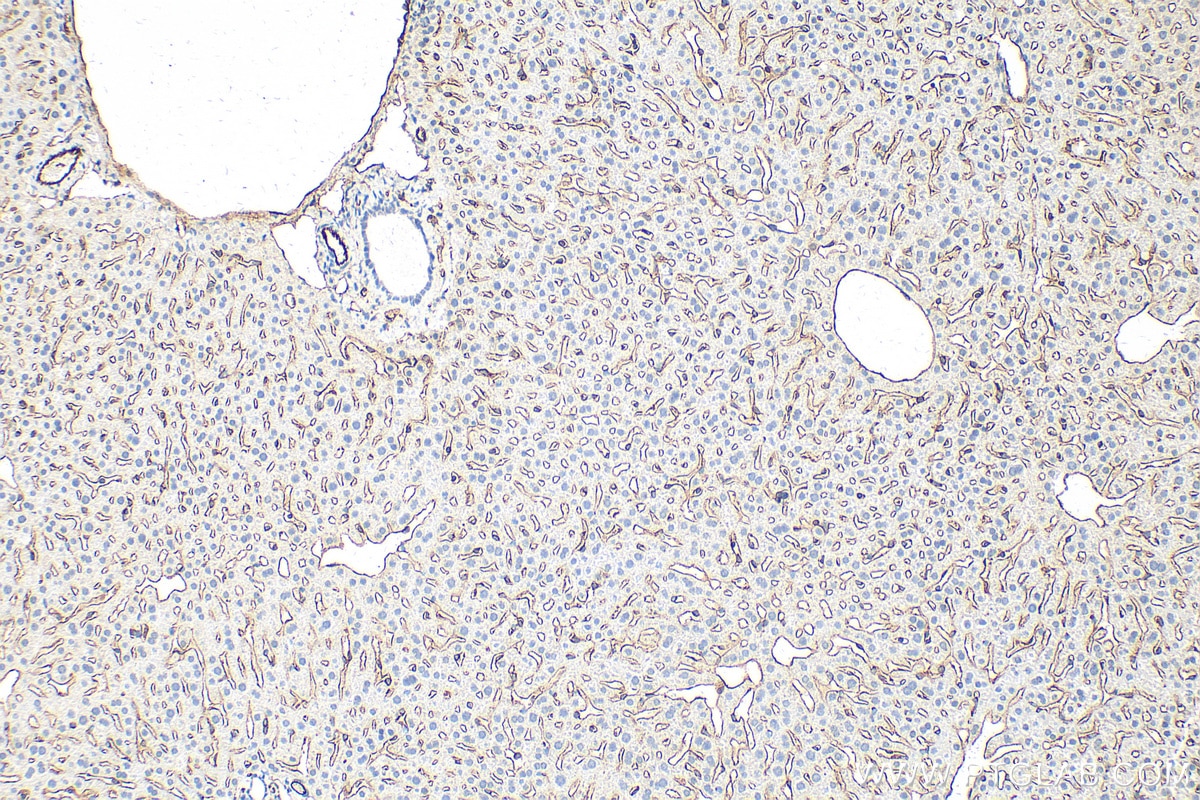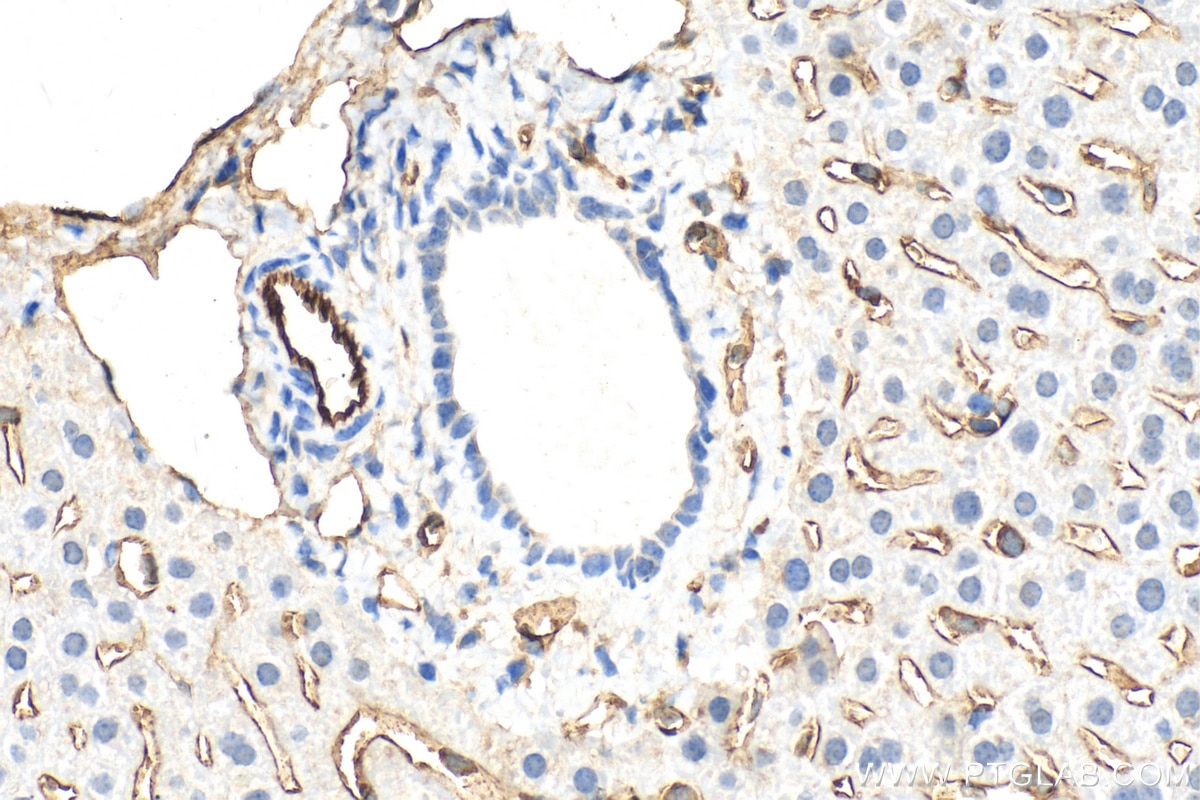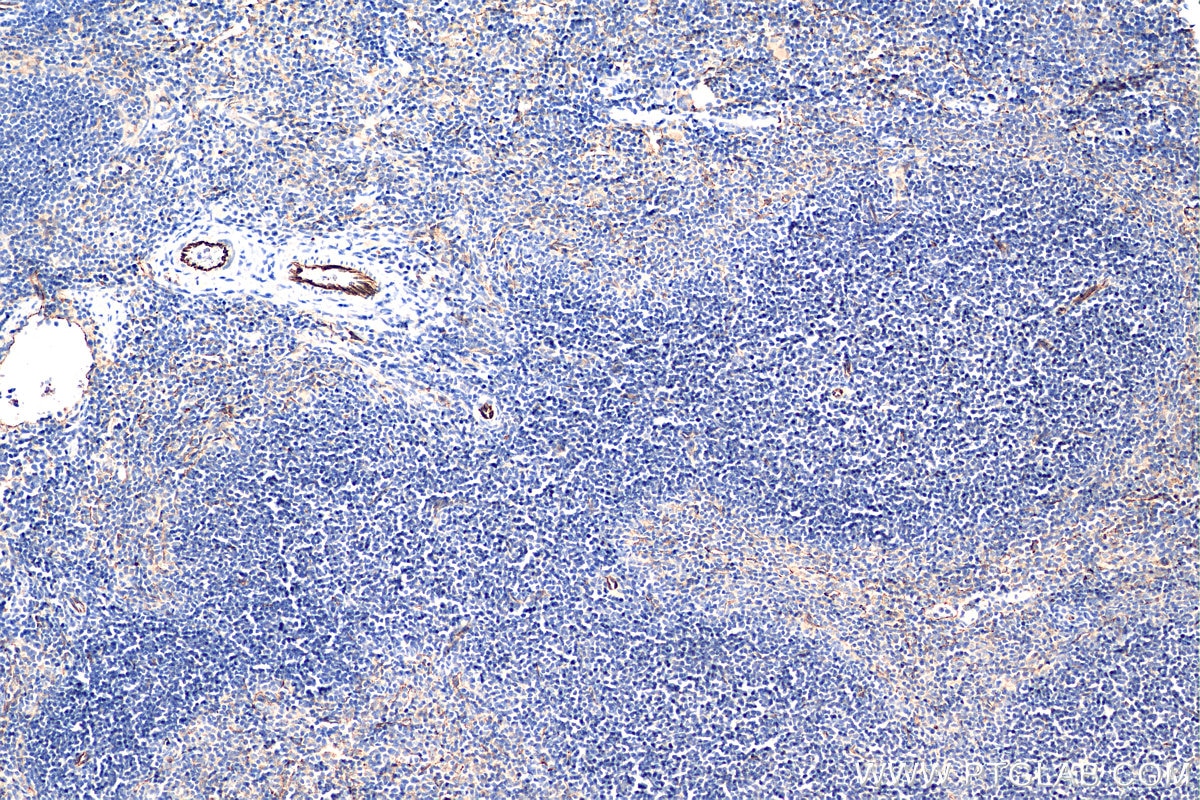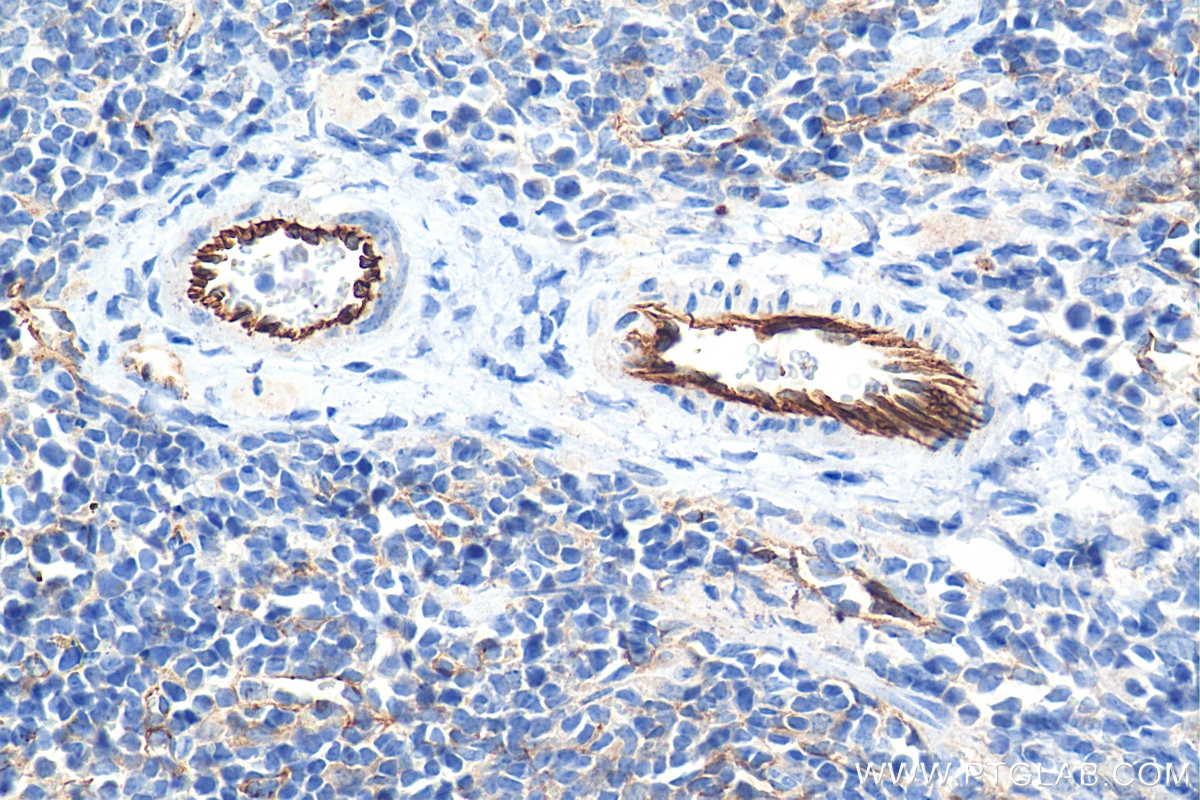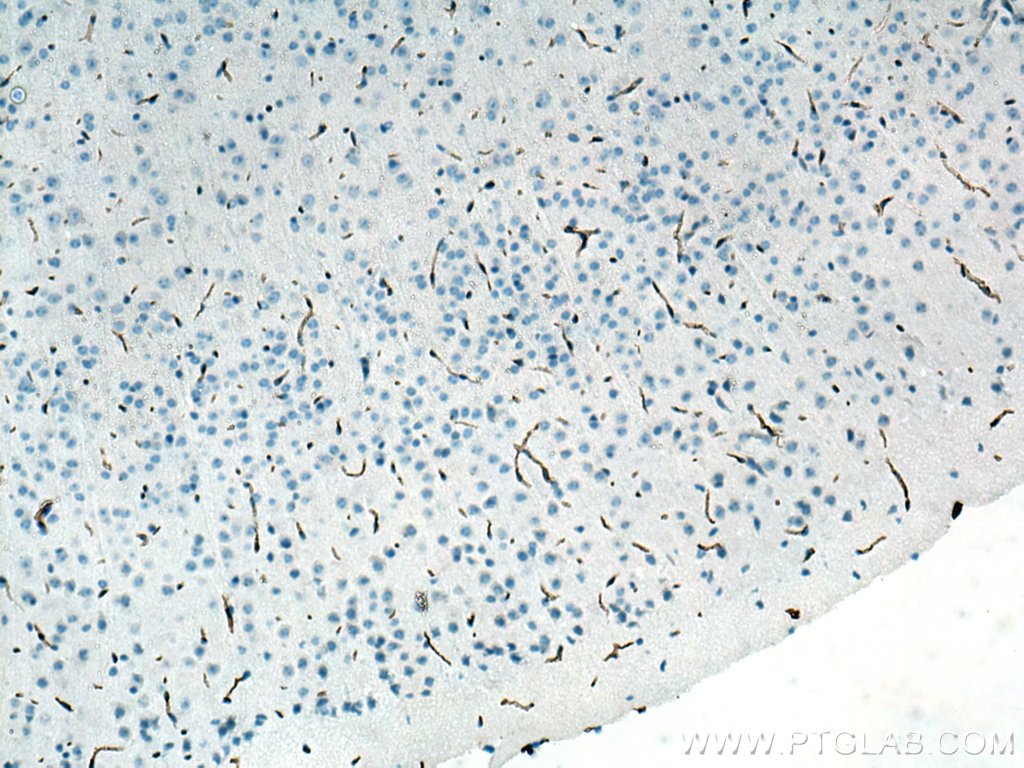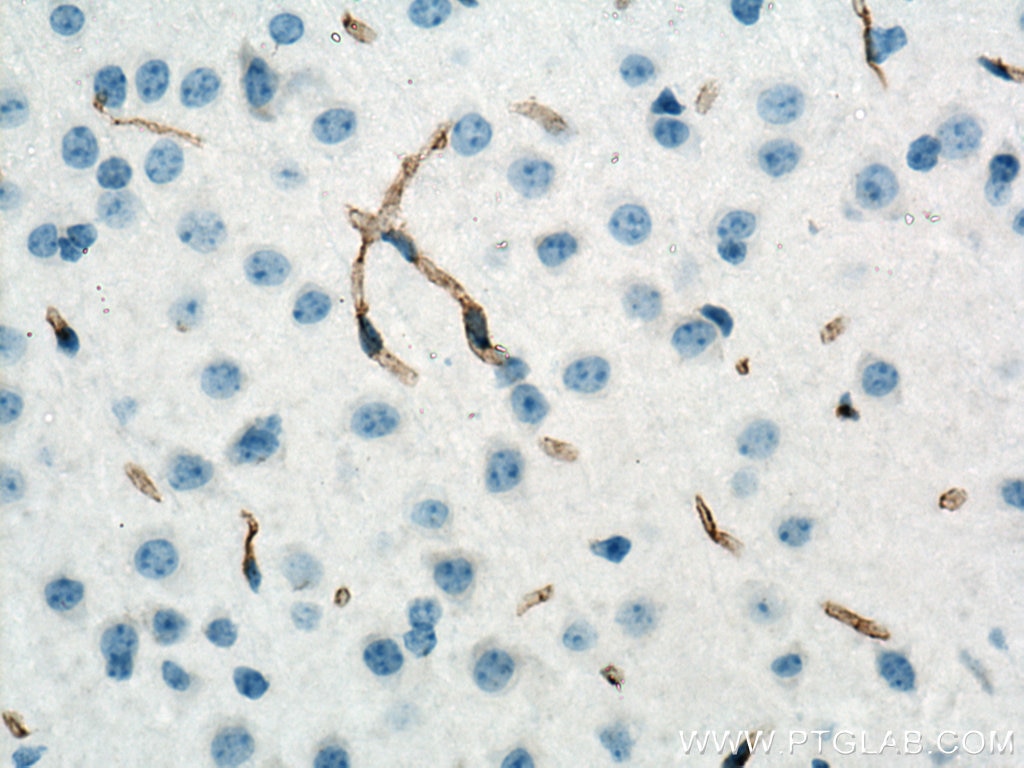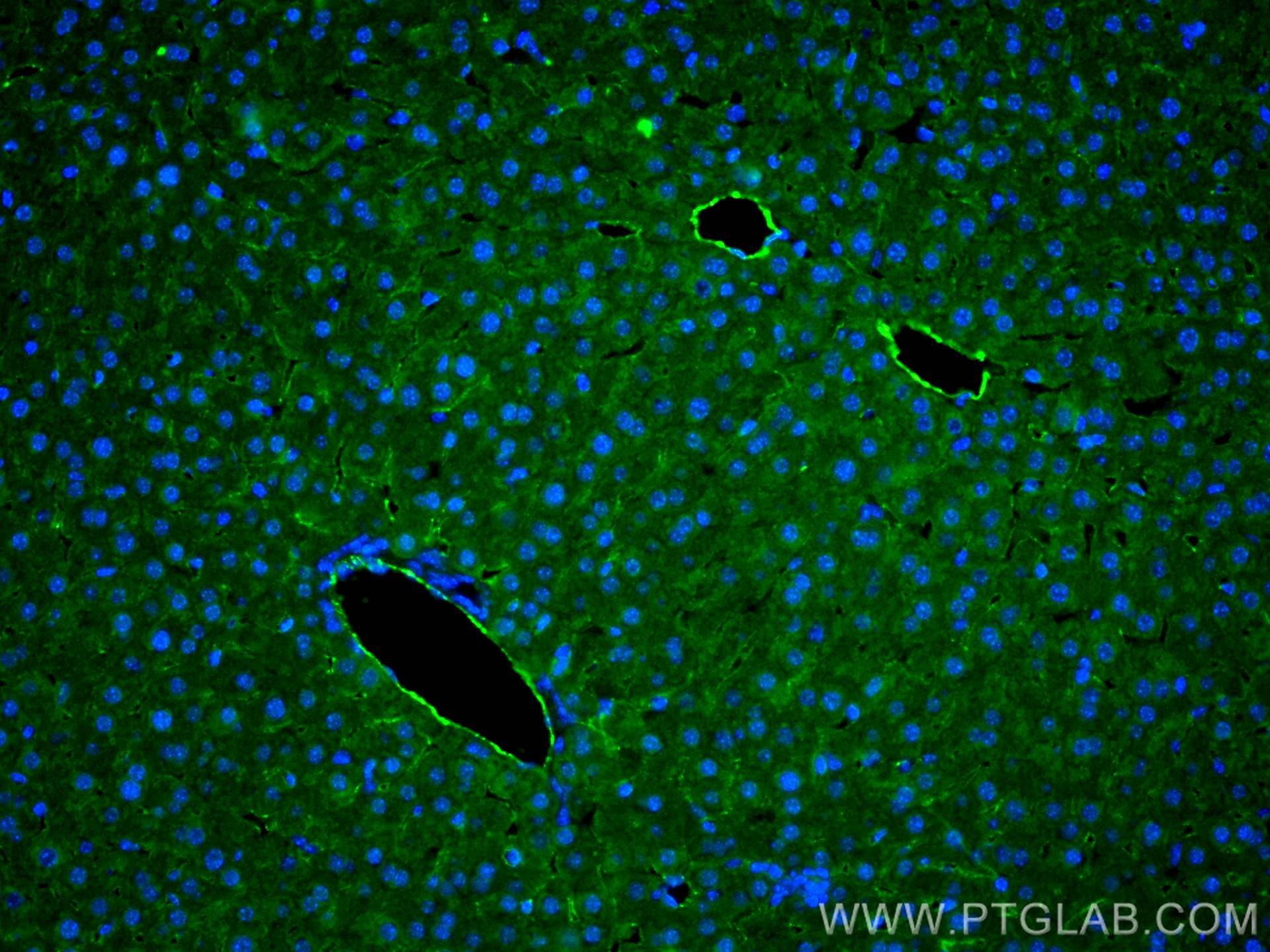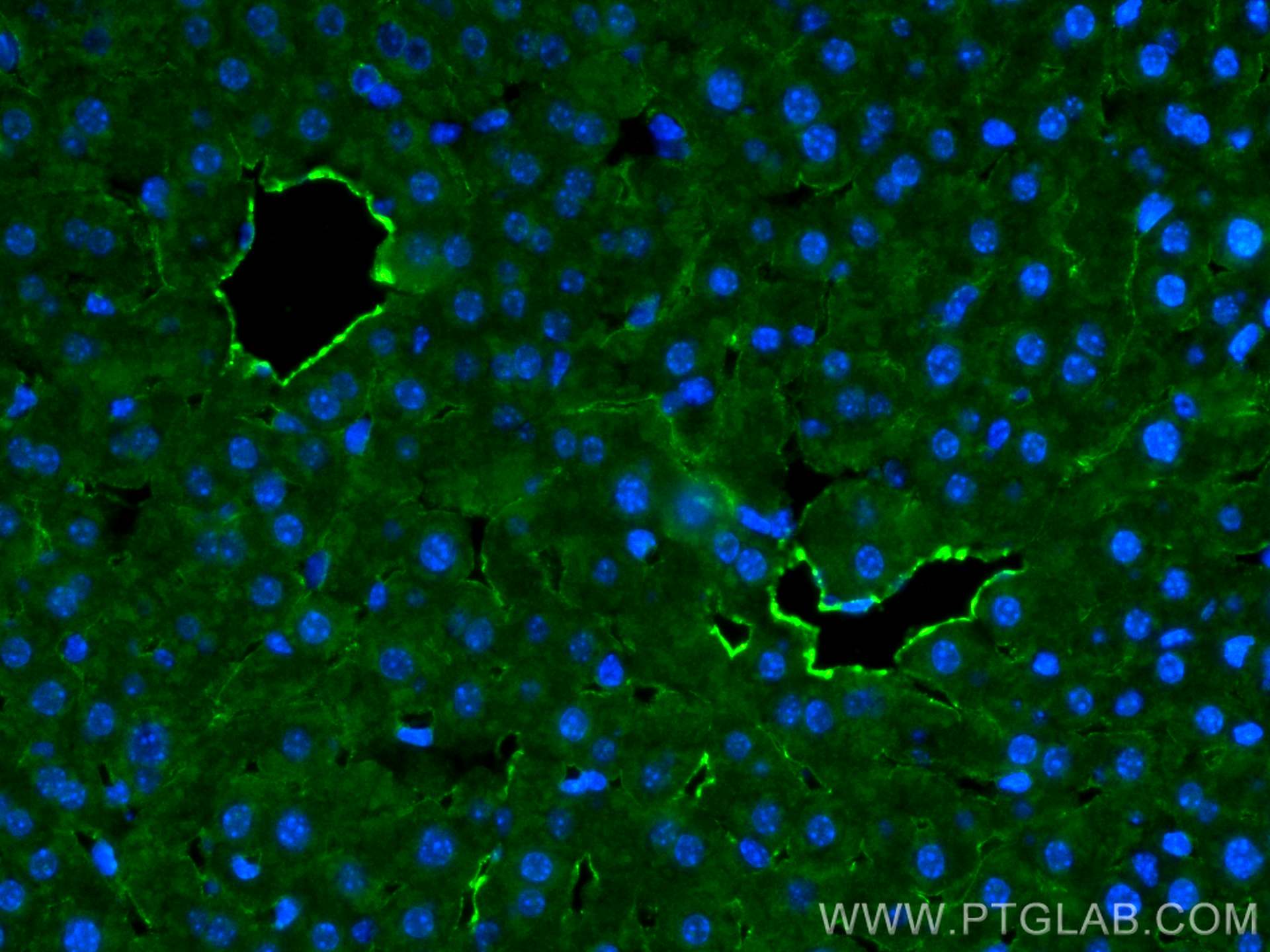Anticorps Polyclonal de lapin anti-CD31
CD31 Polyclonal Antibody for IF, IHC, WB, ELISA
Hôte / Isotype
Lapin / IgG
Réactivité testée
souris et plus (2)
Applications
WB, IHC, IF, FC, ELISA
Conjugaison
Non conjugué
N° de cat : 28083-1-AP
Synonymes
Galerie de données de validation
Applications testées
| Résultats positifs en WB | cellules bEnd.3, tissu hépatique de souris, tissu splénique de souris |
| Résultats positifs en IHC | tissu hépatique de souris, tissu cérébral de souris, tissu splénique de souris il est suggéré de démasquer l'antigène avec un tampon de TE buffer pH 9.0; (*) À défaut, 'le démasquage de l'antigène peut être 'effectué avec un tampon citrate pH 6,0. |
| Résultats positifs en IF | tissu hépatique de souris, |
Dilution recommandée
| Application | Dilution |
|---|---|
| Western Blot (WB) | WB : 1:1000-1:8000 |
| Immunohistochimie (IHC) | IHC : 1:4000-1:16000 |
| Immunofluorescence (IF) | IF : 1:4000-1:16000 |
| It is recommended that this reagent should be titrated in each testing system to obtain optimal results. | |
| Sample-dependent, check data in validation data gallery | |
Applications publiées
| WB | See 4 publications below |
| IHC | See 13 publications below |
| IF | See 15 publications below |
| FC | See 1 publications below |
Informations sur le produit
28083-1-AP cible CD31 dans les applications de WB, IHC, IF, FC, ELISA et montre une réactivité avec des échantillons souris
| Réactivité | souris |
| Réactivité citée | rat, Humain, souris |
| Hôte / Isotype | Lapin / IgG |
| Clonalité | Polyclonal |
| Type | Anticorps |
| Immunogène | CD31 Protéine recombinante Ag27828 |
| Nom complet | platelet/endothelial cell adhesion molecule 1 |
| Masse moléculaire calculée | 81 kDa |
| Poids moléculaire observé | 110-130 kDa |
| Numéro d’acquisition GenBank | NM_001032378 |
| Symbole du gène | Pecam1 |
| Identification du gène (NCBI) | 18613 |
| Conjugaison | Non conjugué |
| Forme | Liquide |
| Méthode de purification | Purification par affinité contre l'antigène |
| Tampon de stockage | PBS avec azoture de sodium à 0,02 % et glycérol à 50 % pH 7,3 |
| Conditions de stockage | Stocker à -20°C. Stable pendant un an après l'expédition. L'aliquotage n'est pas nécessaire pour le stockage à -20oC Les 20ul contiennent 0,1% de BSA. |
Informations générales
Platelet endothelial cell adhesion molecule-1 (PECAM-1, CD31) is a member of the immunoglobulin gene superfamily of cell adhesion molecules. CD31 is a transmembrane glycoprotein that is highly expressed on the surface of the endothelium, making up a large portion of its intracellular junctions. PECAM-1 is also present on the surface of hematopoietic cells and immune cells including platelets, monocytes, neutrophils, natural killer cells, megakaryocytes and some types of T-cell (PMID: 9011572). As well as its role in cell-cell adhesion, PECAM-1 functions as a signaling receptor, and is involved in important physiological events such as nitric oxide production, regulation of T-cell immunity and tolerance, leukocyte transendothelial migration and inflammation and angiogenesis (PMID: 21183735; 20978210; 17872453; 20634489).
Protocole
| Product Specific Protocols | |
|---|---|
| WB protocol for CD31 antibody 28083-1-AP | Download protocol |
| IHC protocol for CD31 antibody 28083-1-AP | Download protocol |
| IF protocol for CD31 antibody 28083-1-AP | Download protocol |
| Standard Protocols | |
|---|---|
| Click here to view our Standard Protocols |
Publications
| Species | Application | Title |
|---|---|---|
Nanomicro Lett Gelatin-Based Metamaterial Hydrogel Films with High Conformality for Ultra-Soft Tissue Monitoring | ||
Cell Mol Biol Lett Robo4 inhibits gamma radiation-induced permeability of a murine microvascular endothelial cell by regulating the junctions | ||
Front Immunol "γδT Cell-IL17A-Neutrophil" Axis Drives Immunosuppression and Confers Breast Cancer Resistance to High-Dose Anti-VEGFR2 Therapy. | ||
Front Oncol Hypoxia-Induced LncRNA-MIR210HG Promotes Cancer Progression By Inhibiting HIF-1α Degradation in Ovarian Cancer. | ||
Front Bioeng Biotechnol Investigating the Adipogenic Effects of Different Tissue-Derived Decellularized Matrices. | ||
Front Endocrinol (Lausanne) Comparative Transcriptome Analyses of Geriatric Rats Associate Age-Related Erectile Dysfunction With a lncRNA-miRNA-mRNA Regulatory Network. |
